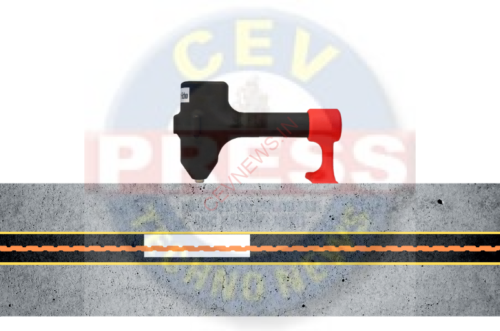PRINCIPLE OF THE IMPACT–ECHO METHOD
The impact-echo method is a non-destructive testing technique used to detect defects and evaluate the condition of concrete structures. It involves striking the surface of a concrete structure with a hammer and measuring the resulting vibrations. The principle of the impact-echo method is based on the fact that sound waves travel through concrete at different speeds depending on the condition of the material. By analyzing the vibration response of the concrete structure, it is possible to detect cracks, voids, delaminations, and other defects.
The impact-echo method is a relatively simple and straightforward technique that can be used to evaluate the condition of concrete structures quickly and efficiently. It requires only a small amount of equipment, including a hammer, a microphone, and a data acquisition system. The hammer is used to strike the surface of the concrete, and the resulting vibrations are measured by the microphone. The data acquisition system records the vibration response and analyzes it to determine the condition of the concrete.
One of the key advantages of the impact-echo method is that it can be used to detect defects at a depth of up to 50 cm, making it an excellent tool for evaluating the condition of concrete structures such as bridges, tunnels, and parking garages. It is also an effective technique for evaluating the condition of concrete columns and beams.
To perform an impact-echo test, the hammer is struck at a specific point on the concrete structure, and the resulting vibrations are recorded by the microphone. The signal is then analyzed to determine the resonant frequency of the structure, which is related to the thickness and stiffness of the concrete. The presence of defects such as cracks or voids will cause changes in the resonant frequency, which can be detected by analyzing the vibration response.
The impact-echo method is a highly accurate technique for evaluating the condition of concrete structures, and it is widely used in the construction industry. It is a non-destructive testing method, which means that it does not cause any damage to the structure being tested. This makes it an ideal tool for evaluating the condition of concrete structures that are still in use.
In conclusion, the impact-echo method is an effective and non-destructive technique for evaluating the condition of concrete structures. Its principle is based on the fact that sound waves travel through concrete at different speeds depending on the condition of the material. By analyzing the vibration response of the concrete structure, it is possible to detect cracks, voids, delaminations, and other defects. The impact-echo method is widely used in the construction industry and is an essential tool for evaluating the condition of concrete structures.


